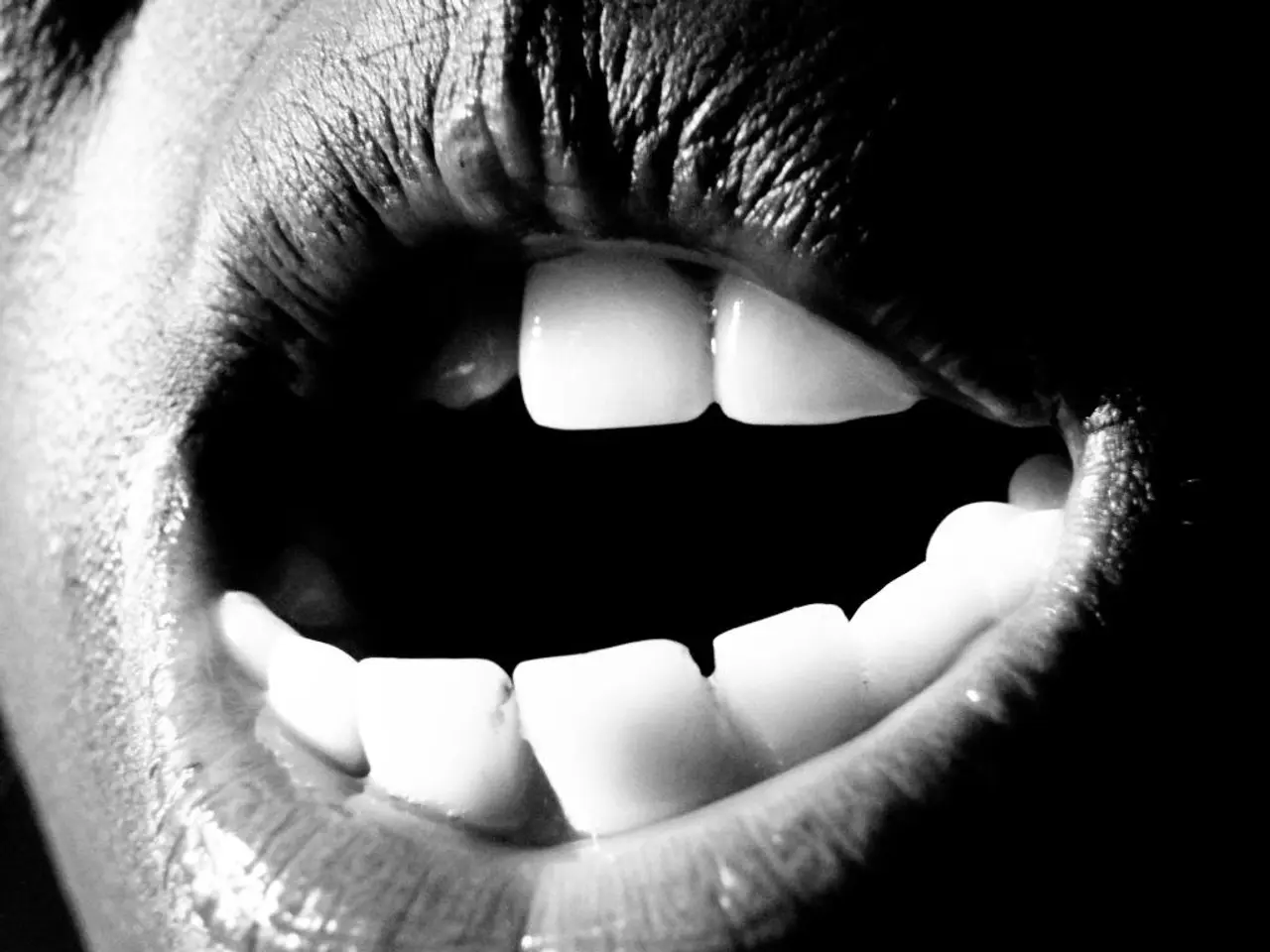Infants often exhibit the behavior of ear pulling during the teething stage. This article delves into the reasons behind this puzzling action.
In the fascinating world of infant development, teething and ear pain often go hand in hand, but why is this the case? Let's delve into the shared nerve pathways that connect gums, teeth, jaw, and ears.
The trigeminal nerve, cranial nerve V, plays a crucial role in this intricate connection. This nerve has three branches: the ophthalmic (V1), maxillary (V2), and mandibular (V3). The mandibular branch, in particular, innervates the lower jaw, gums, teeth, and areas around the ear.
During teething, inflammation and pain in the gums and developing teeth stimulate this nerve. Since the nerves serving the gums and ears are interconnected within this nerve system, the infant's brain may interpret the pain as coming from the ear area as well. This explains why ear tugging is a common behavior in teething infants, as they respond to referred pain via this shared nerve pathway.
The maxillary branch (V2) innervates the upper gums and cheek areas near the ear, while the mandibular branch (V3) controls sensation in the lower gums and jaw. When teething causes irritation or pain, the nerve signals radiate along these branches, and the brain may perceive the pain as coming from the ear area.
It's important to note that teething does not directly cause ear infections. However, excessive drooling during teething can create an environment for bacteria in the ear canal, potentially leading to an ear infection. Symptoms of an ear infection include persistent and worsening ear pain, fluid or pus-like drainage from the ear, hearing difficulties such as muffled or dulled hearing, loss of balance or coordination, difficulty sleeping, and cold symptoms like nasal congestion or coughing.
For teething pain relief, topical numbing agents or homoeopathic remedies are not recommended due to safety risks. Medications like paracetamol or ibuprofen should only be used under pediatric guidance. Always consult a doctor if symptoms worsen or if infection is suspected.
In conclusion, while teething can cause referred pain to the ears, it does not cause ear infections. By understanding the shared nerve pathways between gums, teeth, jaw, and ears, we can better understand and manage the discomfort experienced by infants during teething. As always, it's essential to consult a healthcare professional if you have concerns about your child's health.
The trigeminal nerve, connecting gums, teeth, jaw, and ears, can lead to referred pain in the ear area when teething. Although teething doesn't cause ear infections, excessive drooling might create an environment favorable for bacteria in the ear canal, increasing the risk. Parents should use medications like paracetamol or ibuprofen for teething pain relief under pediatric guidance.




